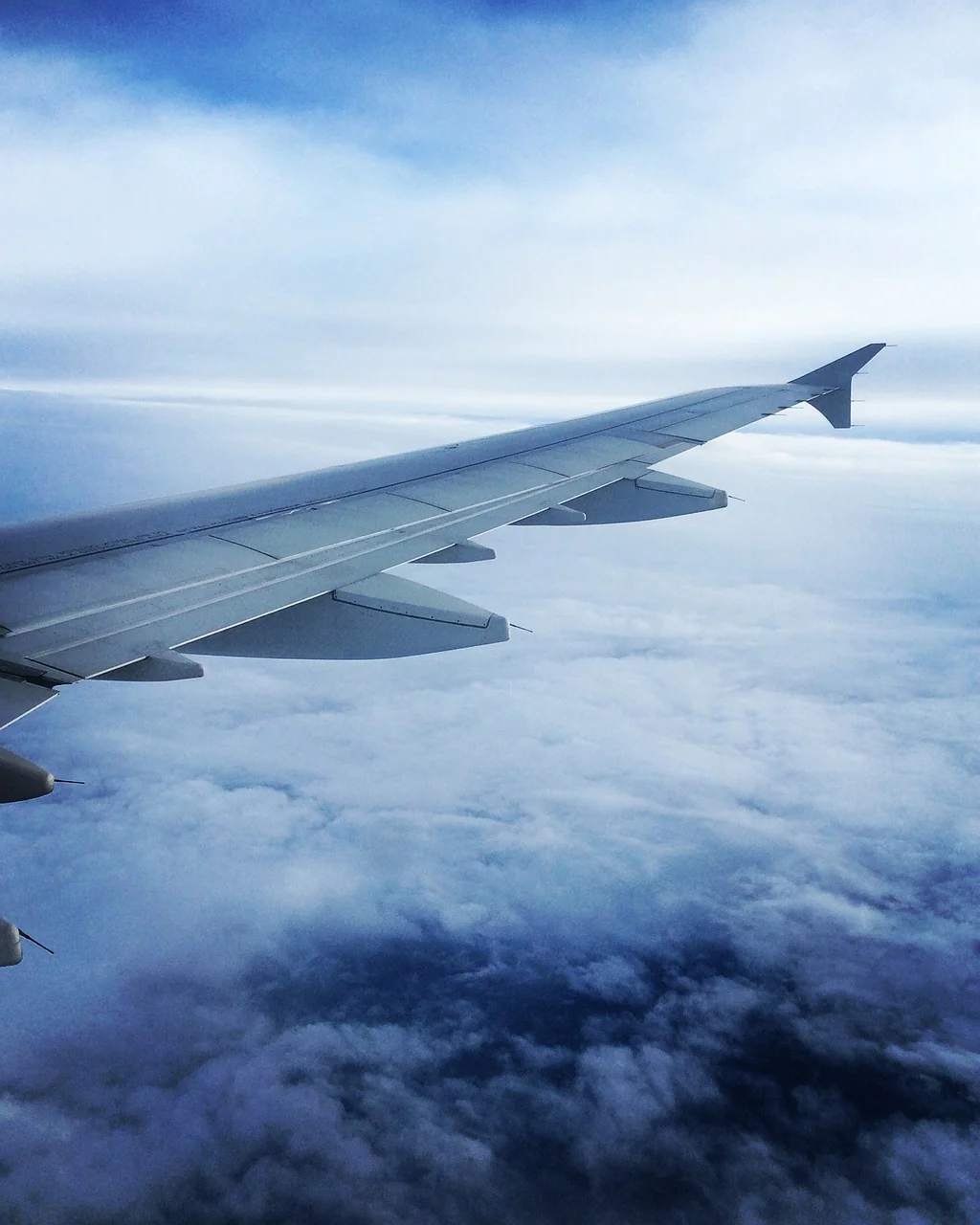How Do Airplanes Fly?

It’s a common question among the public. How does something so large and heavy depart the surface of the earth and remain airborne? I’ll try to keep this as simple as possible. It is a matter of physics and Bernoulli’s Principle to be more precise. An aircraft’s wing has a curved upper surface and a relatively flat surface underneath. As air impacts the leading edge of the wing, it flows above and below it. The curved upper surface causes the velocity of the air to increase and reduces pressure (and temperature, but more on that in a moment) compared to the air flowing below the wing. This higher pressure underneath the wing and lower pressure above produces lift and the airplane achieves flight. As the pressure falls, so does the temperature. In some cases, so much so that condensation is produced. This can be seen particularly in very humid areas when high-lift devices (flaps and leading-edge slats) are in use.
The wing’s main function is produce lift for the entire aircraft. The ailerons (“flippers” that move up and down near the wing tips) control movement about the roll axis of the aircraft and work by manipulating the amount of lift generated at the wingtips. The vertical stabilizer (large tail fin at the rear of most airplanes) controls movement about the yaw axis. It achieves this by causing drag (opposition of movement) in one direction or another. The horizontal stabilizer (smaller version of a wing typically mounted near the tail) controls movement about the pitch axis and points the nose of the airplane up or down. The horizontal stabilizer is similar to a wing but “flipped upside down.” It has a curved lower surface and a relatively flat upper surface. This provides a “tail-down force” and manipulation of the elevator controls (“flippers” mounted to rear of the horizontal stabilizer) will alter the amount of lift (or downforce as the “lift” is generated in the opposite direction) produced and thus change the pitch of the aircraft in flight.
There are more complexities to all of these forces and control surfaces but this is the concept in a nutshell. The wing generates lift and allows the aircraft to fly. The other surfaces allow us to change the direction of the airplane in all three dimensions and maintain control of the aircraft. In another article, I will explain high-lift devices and other control surfaces in greater detail.